rich.main3 is a linear model in R. I understand the rest of the elements of the list but I don't get what qraux is. The documentation states that it is
a vector of length ncol(x) which contains additional information on \bold{Q}".
What additional information does it mean?
str(rich.main3$qr)
qr : num [1:164, 1:147] -12.8062 0.0781 0.0781 0.0781 0.0781 ...
..- attr(*, "dimnames")=List of 2
.. ..$ : chr [1:164] "1" "2" "3" "4" ...
.. ..$ : chr [1:147] "(Intercept)" "S2" "S3" "x1" ...
..- attr(*, "assign")= int [1:147] 0 1 1 2 3 4 5 6 7 8 ...
..- attr(*, "contrasts")=List of 3
.. ..$ S : chr "contr.treatment"
.. ..$ ID : chr "contr.treatment"
.. ..$ Block: chr "contr.treatment"
$ qraux: num [1:147] 1.08 1.06 1.16 1.21 1.27 ...
$ pivot: int [1:147] 1 2 3 4 5 6 7 8 10 11 ...
$ tol : num 1e-07
$ rank : int 21
- attr(*, "class")= chr "qr"



